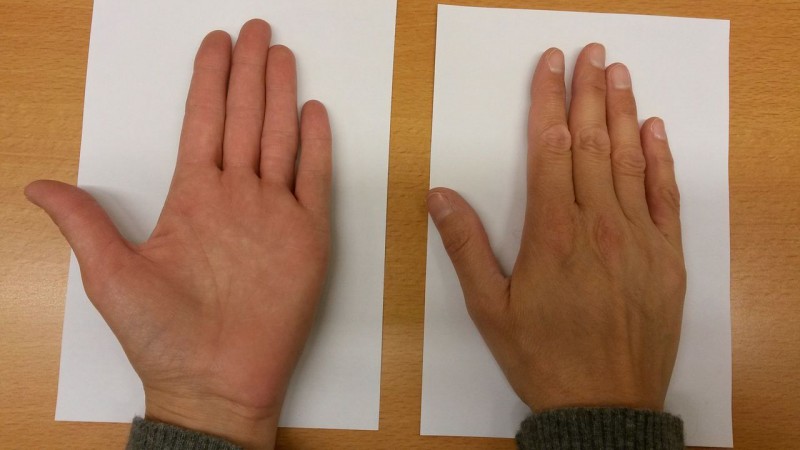
Hemochromatosis is a medical condition characterized by the excessive accumulation of iron in the body. In this article, we will explore this condition in detail, including its causes, symptoms, diagnosis, and treatment options.
Hemochromatosis is primarily caused by a genetic mutation that affects how the body regulates iron absorption. This mutation leads to the excessive absorption of iron from the diet. While this condition is hereditary, not everyone with the mutation will develop hemochromatosis.
Hemochromatosis often presents a wide range of symptoms, but they may not become apparent until middle age. Common symptoms include:
Excess iron can lead to tiredness and lack of energy.
Iron buildup in the joints can cause pain and discomfort.
The liver and pancreas can be affected, resulting in abdominal pain.
Skin may appear bronze or gray due to iron deposits.
Iron overload can lead to heart issues such as arrhythmias.
Hemochromatosis increases the risk of developing diabetes.
Early diagnosis is crucial for effective treatment. Healthcare providers use several tests to diagnose hemochromatosis:
Blood tests can measure the level of iron in your blood.
Genetic testing can identify the specific mutations associated with hemochromatosis.
A liver biopsy can determine the extent of liver damage.
Phlebotomy, or blood removal, is the most common treatment. It helps reduce iron levels in the body.
In some cases, iron chelation drugs may be used to remove excess iron.
Reducing iron intake from the diet can help manage the condition.
Treatment may also involve managing complications such as diabetes or heart problems.
Patients with hemochromatosis need regular check-ups to monitor iron levels.
Avoiding iron-rich foods and alcohol is essential.
Those with a family history of hemochromatosis should consider genetic counseling.
In summary, hemochromatosis is a genetic condition that leads to excess iron absorption and can result in various health issues. Early diagnosis and appropriate treatment, including phlebotomy and dietary changes, can help individuals with hemochromatosis lead healthier lives.
Remember that this article provides an overview of hemochromatosis, and it's essential to consult with a healthcare professional for a personalized treatment plan.
Celebrities with schizophrenia diagnoses